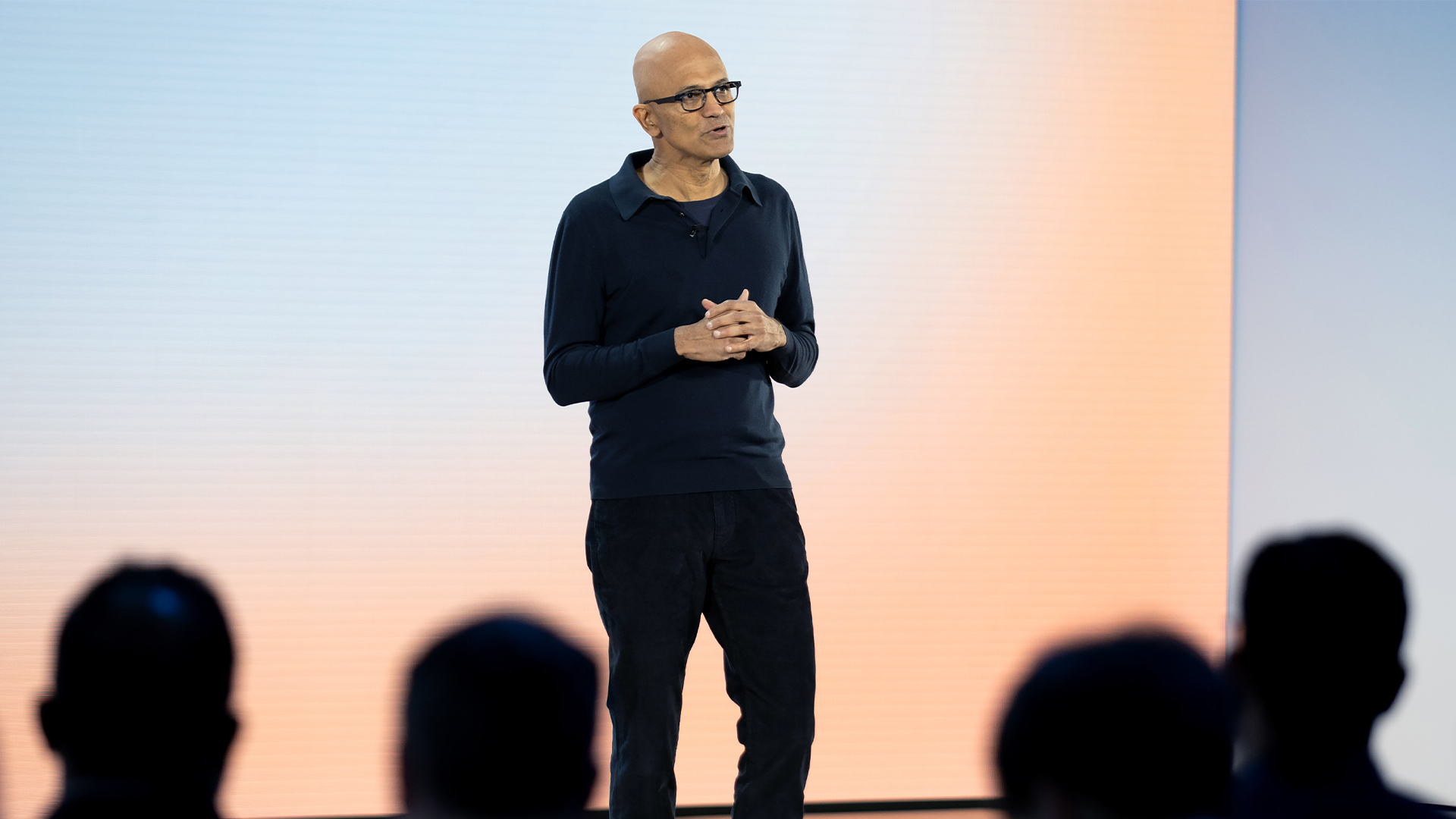Amazon is previewing its new cloud-based location service
Mapping API lets developers use mobile device location


Amazon is previewing a geolocation service that allows developers to build location awareness and mapping capabilities into their cloud-based applications.
The Amazon Location Service operates on Amazon Web Services (AWS) and allows software developers to add maps, points of interest, geocoding, geofences, and tracking to their software.
Unlike Google, which has spent years mapping the world itself, Amazon uses map data from ESRI and HERE Technologies. It exposes data from these services via a single API.
Alongside maps, the location service allows developers to find addresses at a geolocation or turn an address into a set of geolocation coordinates. It also offers trackers to receive location updates from devices, and developers can create geofenced areas that interact with that tracking service to generate alerts. It’s also possible to reference a device's location history when querying the API.
Developers can create a map via the Amazon dashboard and use one of the company's available software development kits to include maps in their applications. Jeff Barr, chief evangelist for AWS, demonstrated setting up the service in a blog post.
Amazon touts the service for various applications, ranging from geomarketing to asset tracking and delivery. For example, a coffee shop could alert the staff when a customer who ordered on a mobile app is nearby.
Food delivery services could use geofencing to let restaurants know when a driver is approaching, reducing delivery times and ensuring food stays fresh, the company added. Amazon will release a routing API during the preview period to support delivery and other transportation use cases, said Barr.
Sign up today and you will receive a free copy of our Future Focus 2025 report - the leading guidance on AI, cybersecurity and other IT challenges as per 700+ senior executives
Amazon will offer a free three-month trial, allowing developers to query the service up to predefined thresholds. After that, it will charge based on use. Customers can pay based on the number of requests made or by the asset if they're using it for asset tracking and management.
This isn't Amazon's initial foray into mapping services. The company announced a Maps API in 2012 as an alternative to Google's maps API for Android developers working on Kindle Fire apps. That service, which used Nokia's mapping data, is still available.
Danny Bradbury has been a print journalist specialising in technology since 1989 and a freelance writer since 1994. He has written for national publications on both sides of the Atlantic and has won awards for his investigative cybersecurity journalism work and his arts and culture writing.
Danny writes about many different technology issues for audiences ranging from consumers through to software developers and CIOs. He also ghostwrites articles for many C-suite business executives in the technology sector and has worked as a presenter for multiple webinars and podcasts.
-
 TPUs: Google's home advantage
TPUs: Google's home advantageITPro Podcast How does TPU v7 stack up against Nvidia's latest chips – and can Google scale AI using only its own supply?
-
 Microsoft Excel is still alive and kicking at 40
Microsoft Excel is still alive and kicking at 40News A recent survey found Gen Z and Millennial finance professionals have a strong “emotional attachment” to Microsoft Excel
-
 Amazon is cutting 14,000 roles in a bid to ‘operate like the world's largest startup’
Amazon is cutting 14,000 roles in a bid to ‘operate like the world's largest startup’News The layoffs at Amazon mark the latest in a string of cuts in recent years
-
 ‘Lean into it’: Amazon CEO Andy Jassy thinks enterprises need to embrace AI to avoid being left behind – even if that means fewer jobs in the future
‘Lean into it’: Amazon CEO Andy Jassy thinks enterprises need to embrace AI to avoid being left behind – even if that means fewer jobs in the futureNews Amazon CEO Andy Jassy thinks companies need to "lean into" AI and embrace the technology despite concerns over job losses.
-
 Microsoft workers face a fresh round of layoffs – here’s who could be impacted
Microsoft workers face a fresh round of layoffs – here’s who could be impactedNews Microsoft will cut 6% of its workforce, equivalent to around 6,000 workers, as part of its latest cost-cutting drive.
-
 ‘If you want to look like a flesh-bound chatbot, then by all means use an AI teleprompter’: Amazon banned candidates from using AI tools during interviews – here’s why you should never use them to secure a job
‘If you want to look like a flesh-bound chatbot, then by all means use an AI teleprompter’: Amazon banned candidates from using AI tools during interviews – here’s why you should never use them to secure a jobNews Amazon has banned the use of AI tools during the interview process – and it’s not the only major firm cracking down on the trend.
-
 Amazon's RTO mandate could spark a talent exodus
Amazon's RTO mandate could spark a talent exodusNews A survey of Amazon staff suggests plenty remain unhappy about returning to the office next year
-
 Amazon's RTO mandate just hit a major roadblock – it doesn’t have enough office space
Amazon's RTO mandate just hit a major roadblock – it doesn’t have enough office spaceNews The company has told staff in several locations that it won't have room for them all in time
-
 “There are other companies around”: AWS CEO Matt Garman says employees pushing back on RTO mandates should quit
“There are other companies around”: AWS CEO Matt Garman says employees pushing back on RTO mandates should quitNews AWS CEO Matt Garman says employees pushing back on RTO mandates should quit
-
 Business execs just said the quiet part out loud on RTO mandates — A quarter admit forcing staff back into the office was meant to make them quit
Business execs just said the quiet part out loud on RTO mandates — A quarter admit forcing staff back into the office was meant to make them quitNews Companies know staff don't want to go back to the office, and that may be part of their plan with RTO mandates
